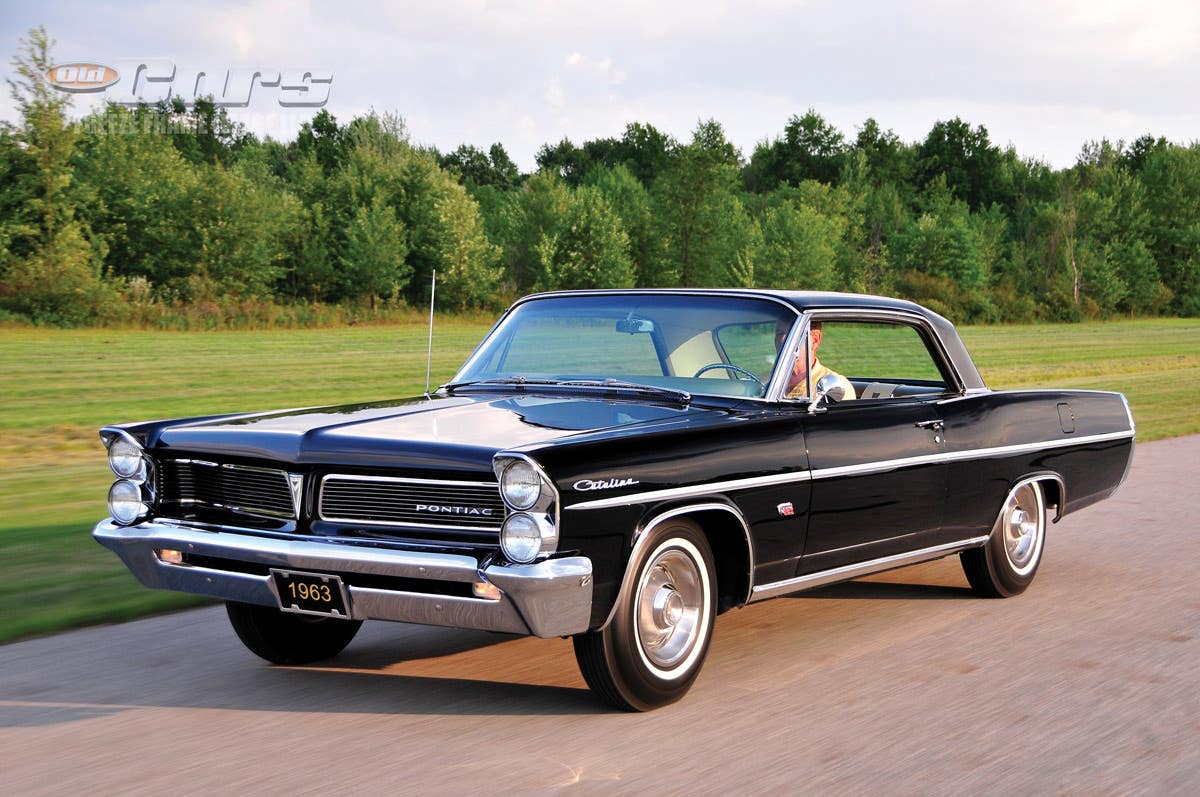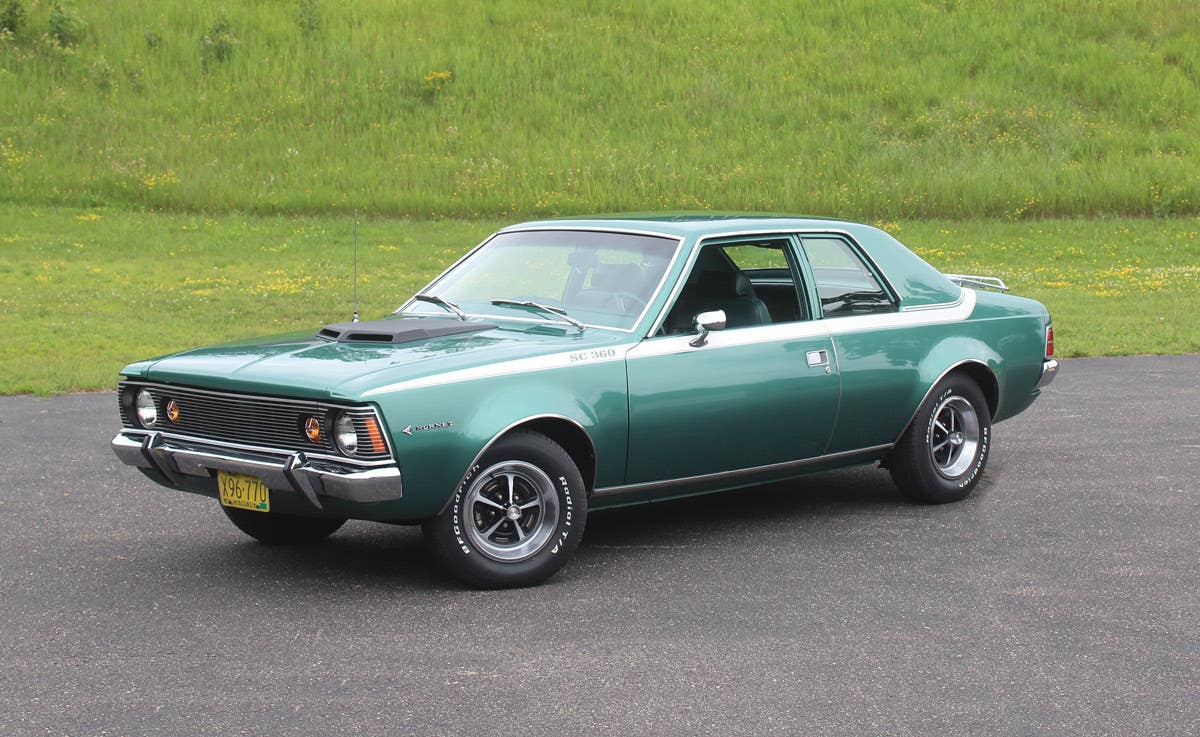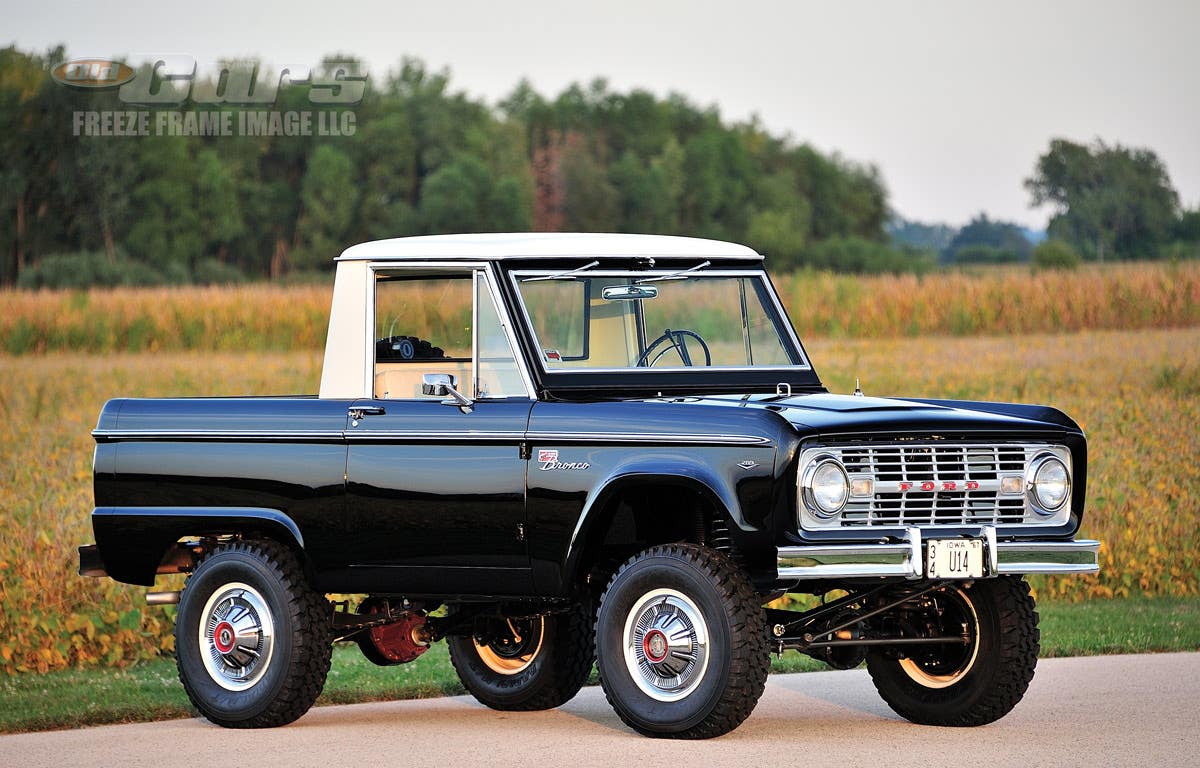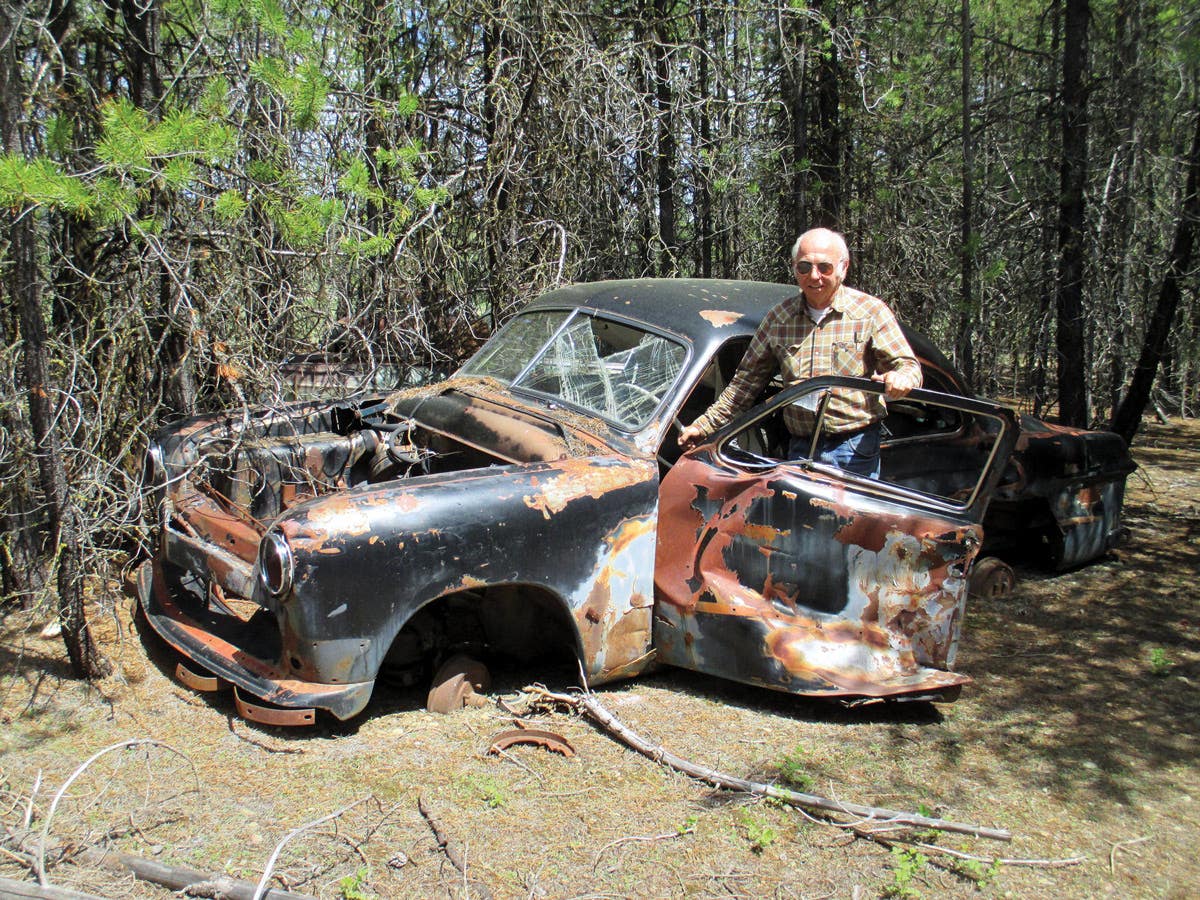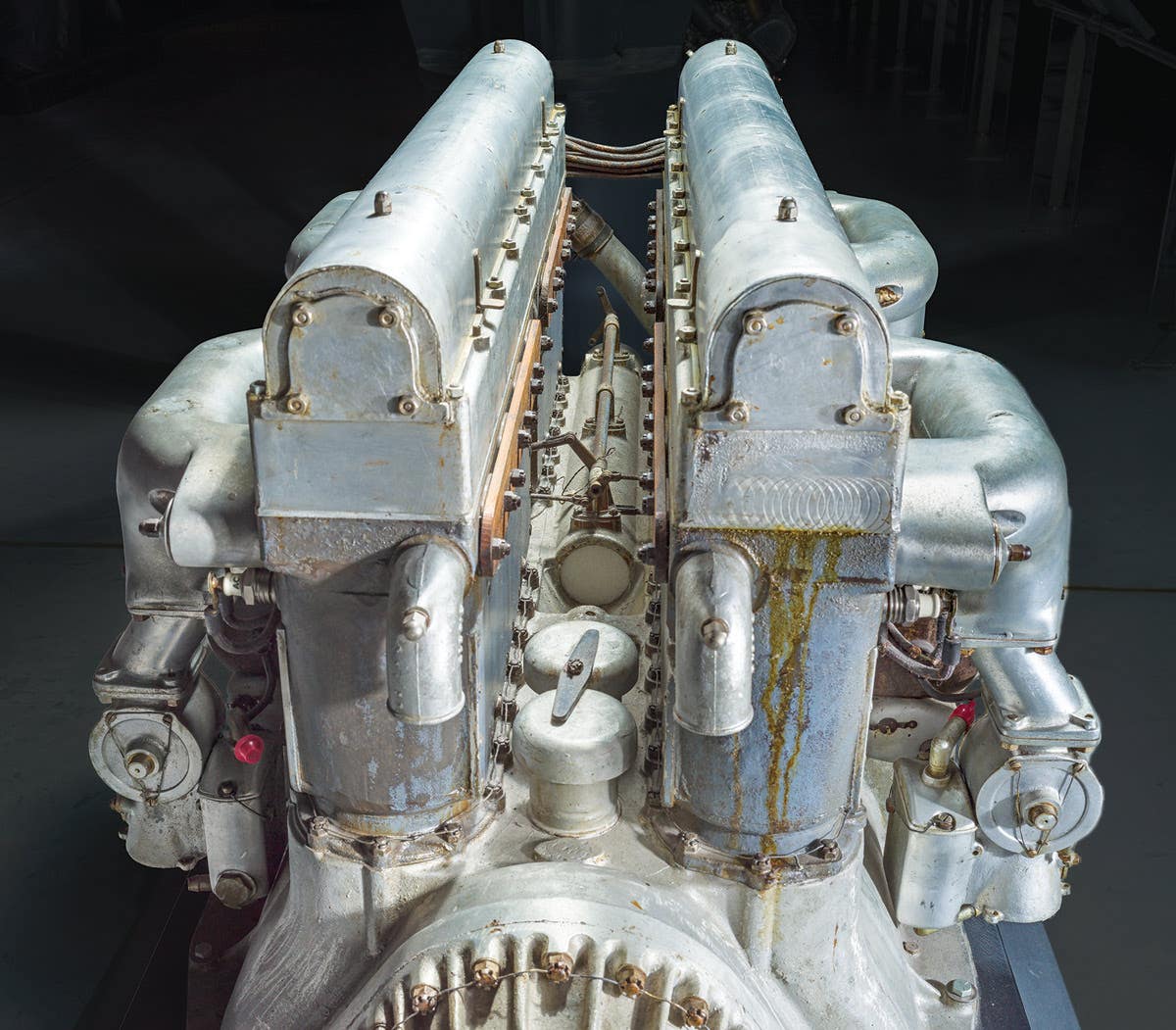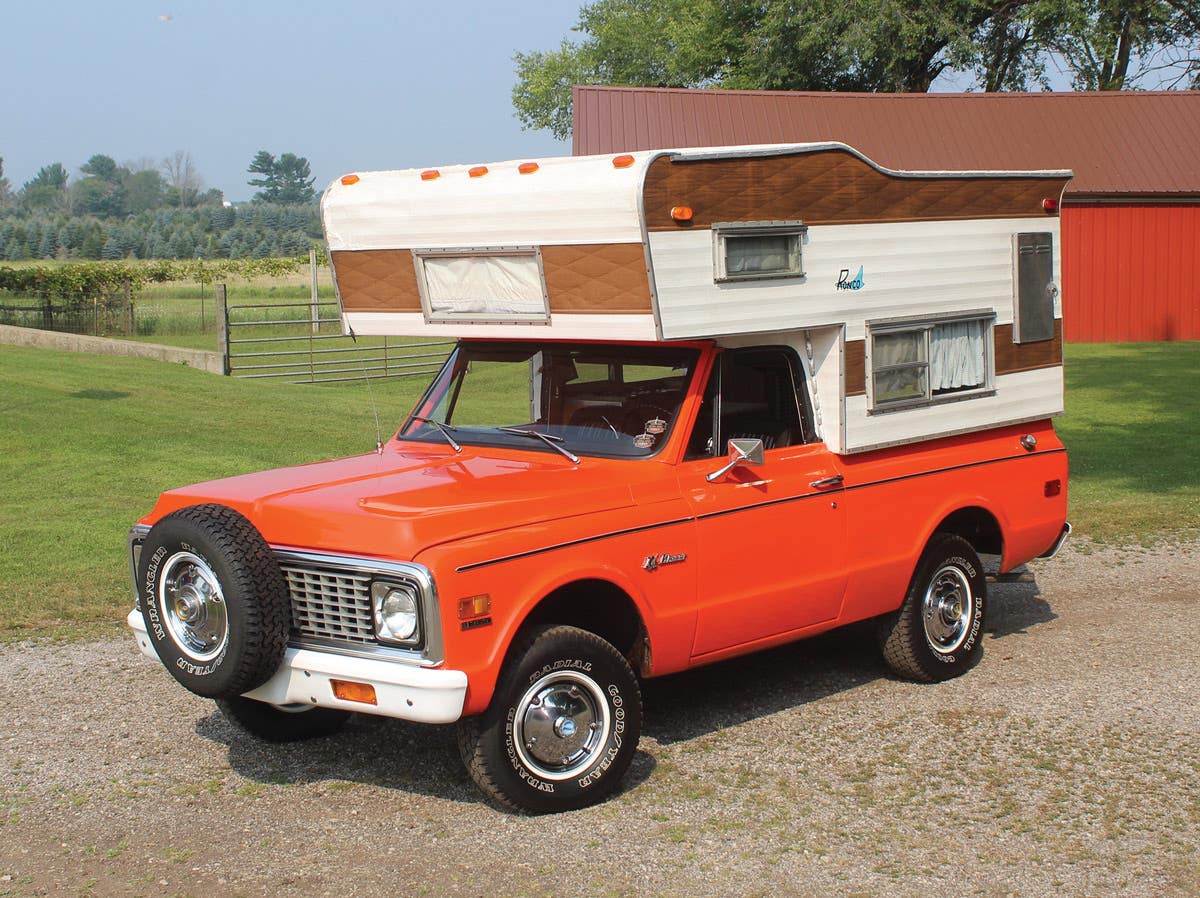RPM Restorations owner Roy Mastel and his wife Cindy
purchased this LS-6 1970 Chevelle SS 454 1,000-mile ex-drag
car and aren't sure whether to restore it or continue driving it.
The car was purchased in Louisiana alongside an LS6
Chevelle convertible also used for drag racing.
The couple has long restored all types of muscle cars, but have a personal preference for 1970 Chevrolet Chevelle SS454s. In fact, it was a Cranberry Red 1970 SS454 LS6 sport coupe that helped Mastel start his restoration business in the early 1980s. After many people saw his work in reviving the derelict Chevelle, which was rescued from an apartment parking lot, friends suggested he restore cars for others. The Chevelle was sold and RPM Restorations (named after Roy’s initials) of Minnesota was born.
In the intervening years, the Mastels have purchased several unrestored 1970 Chevelle SS454 LS6s to restore for themselves, but as is usually the case, a customer spots their Chevelle and wants the car restored for himself. And even when one of the Mastels’ personal Chevelles finally nears completion, it’s sold before it’s completed and their search for another starts again.
Fortunately, one of those Chevelles — that Cranberry Red LS6 sport coupe that started the Mastels’ business — recently made it home and is parked in their garage again after more than 25 years. However, perhaps out of habit, their hunt always continues for SS454 project cars, and their most recent find is a particularly interesting car — an 800-mile, ex-drag car with many original features.
“Everything was really nice, except the rear quarters were cut for bigger tires, so I put new GM quarter panels I’ve had since the 1980s on it,” Roy Mastel said. After replacing the quarter panels, Mastel painted them with white primer to match the remaining original paint. And aside from the quarter panels, only the doors have ever been repainted, but there’s a good reason for that.
“It’s original paint except the doors and quarters — they took the paint off the doors to remove the name before [the racers] sold it,” Roy said. Luckily, removing the car’s racing name from the doors didn’t wipe away its past. (More on that later.)
For racing, the car was further modified with a full-race Turbo Hydra-Matic 400 using the original transmission. The car also has a higher stall converter and came with 4.88 gears, which Roy since replaced with stock 3.31 gears for driveability. The car’s roll bar was also removed by Mastel, and he had to put an exhaust system to make the old quarter-mile warrior highway friendly. The old drag slicks at the back of the car were dry-rotted, so Roy installed new rubber on the car’s period Fenton drag wheels.
Unfortunately, the original block is long gone, an expected casualty from a tough life running full-bore, 1,320 feet at a time. Judging by the numbers in the block, the replacement LS6 engine block was installed around 1975. “It must have been a 1975 crate motor since all the dates are 1975,” Roy said. “Of course, the intake [and other engine parts] are still original, but the long block more or less was replaced.”
True to a purpose-bred race machine, the Chevelle doesn’t sport many options.
“It didn’t come with a console. It’s a bench seat car with an automatic on the column,” Roy said. “The only options it really had was a Cowl Induction hood with the SS stripes and tinted glass. They didn’t order any gauges since they bought after market parts.”
The car does have the standard-for-SS454 power disc brakes, but the Chevelle didn’t come with power steering and is radio delete.
“It’s the only time I have ever seen a ‘70 Chevelle with a radio delete plate,” he said.
Unfortunately, there weren’t many details about the car’s history at the time of the Mastel’s purchase. They knew the LS6 was raced out of central Louisiana and was purchased new alongside an LS6 convertible that was also raced through a dealership in that area. A 1971 Louisiana inspection sticker on the windshield proves the car didn’t spend much time on the street, as it wasn’t licensed very long.
“It only had 700 miles from racing,” Roy Mastel said. “Cindy figured out how many runs that is down the quarter-mile.” (It’s about 1,400 runs, assuming all of the miles were accrued going down the quarter-mile and back.)
The Mastels bought the car from a friend, who pried the Chevelle loose from someone in Louisiana who didn’t want to part with the car’s old racing photos plastered on his walls, or even miscellaneous other documentation.
Even though he missed purchasing the LS6 convertible by two weeks, the Mastels’s friend was just happy he was able to buy the Chevelle coupe at all. “That was right before the hurricane,” Cindy said. “That stuff is probably all lost, but at least the car got out in time.”
Although it’s possible that the original documentation for the Chevelle went out with the tide following Hurricane Katrina, the Mastels held out hope they could learn more about their Chevelle’s background, and maybe even find physical evidence of the car’s history. That chance came earlier this summer after the car was pictured in Old Cars Guide to Auto Restoration (now available at magazine retail outlets). There, a reader recognized the car, thanks to its unique combination of sponsor stickers, its low miles and its original location.
“[We found out] Bill Robinson from Houma, Louisiana, owned the car,” Cindy Mastel said after a conversation with Robinson. “Bill bought it from Marv Bourg, who raced it out of Trap Chevrolet. “It was called ‘Lil Hanky’ after Hanky Trap’s son, owner of the dealership.”
The Chevelle ran like a bat out of hell, proven by quarter-mile times in the 10.90-second range in A/Stock-Automatic at Southland Dragway in Louisiana. (Period road tests put performance for an automatic-equipped LS6 with a 3.77 rear axle in the 13.8-second range.) The stresses of racing in the 10-second area also explain why the LS6’s original engine is long gone.
“I asked him about the original engine, and he said that ‘It blowed it up when it was new,’” Roy Mastel learned from his conversation with Robinson. The Mastels also learned the LS6 convertible that was originally purchased and raced with their Classic White sport coupe was Fathom Blue with white interior and was called “Tinker Toy.” A race car hauler was used to tow both LS6 Chevelles to the track, and photos may exist of the cars being carried in unison, which they hope will soon be uncovered from the dealership.
While Roy and Cindy Mastel continue tracing the car’s history, they’re having fun driving their old race car.
“You don’t really cruise in this car— it’s more of a pounder,” Roy said. “I pound on this car because I don’t have to worry about chipping paint and scratches.”
CLICK HERE to tell us what you think in the Old Cars Weekly Forum



